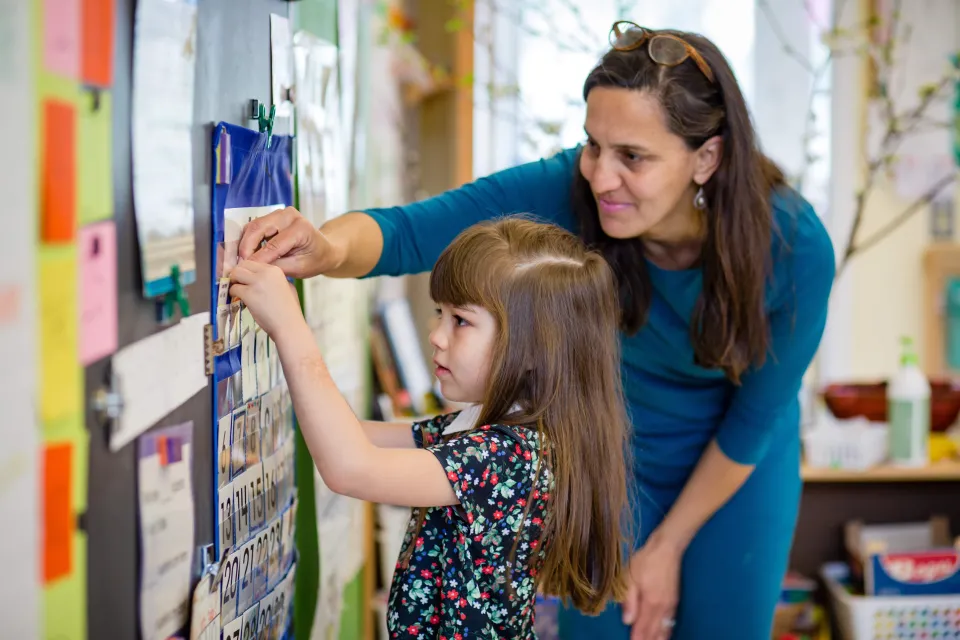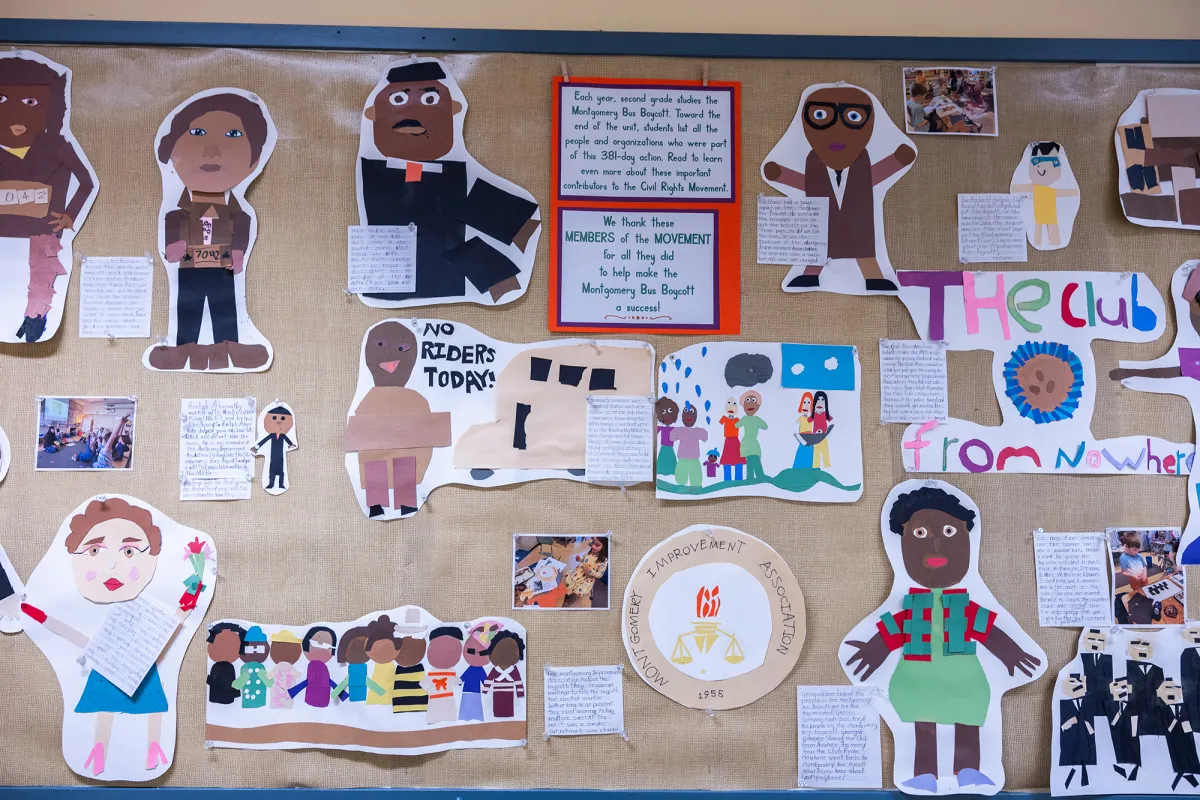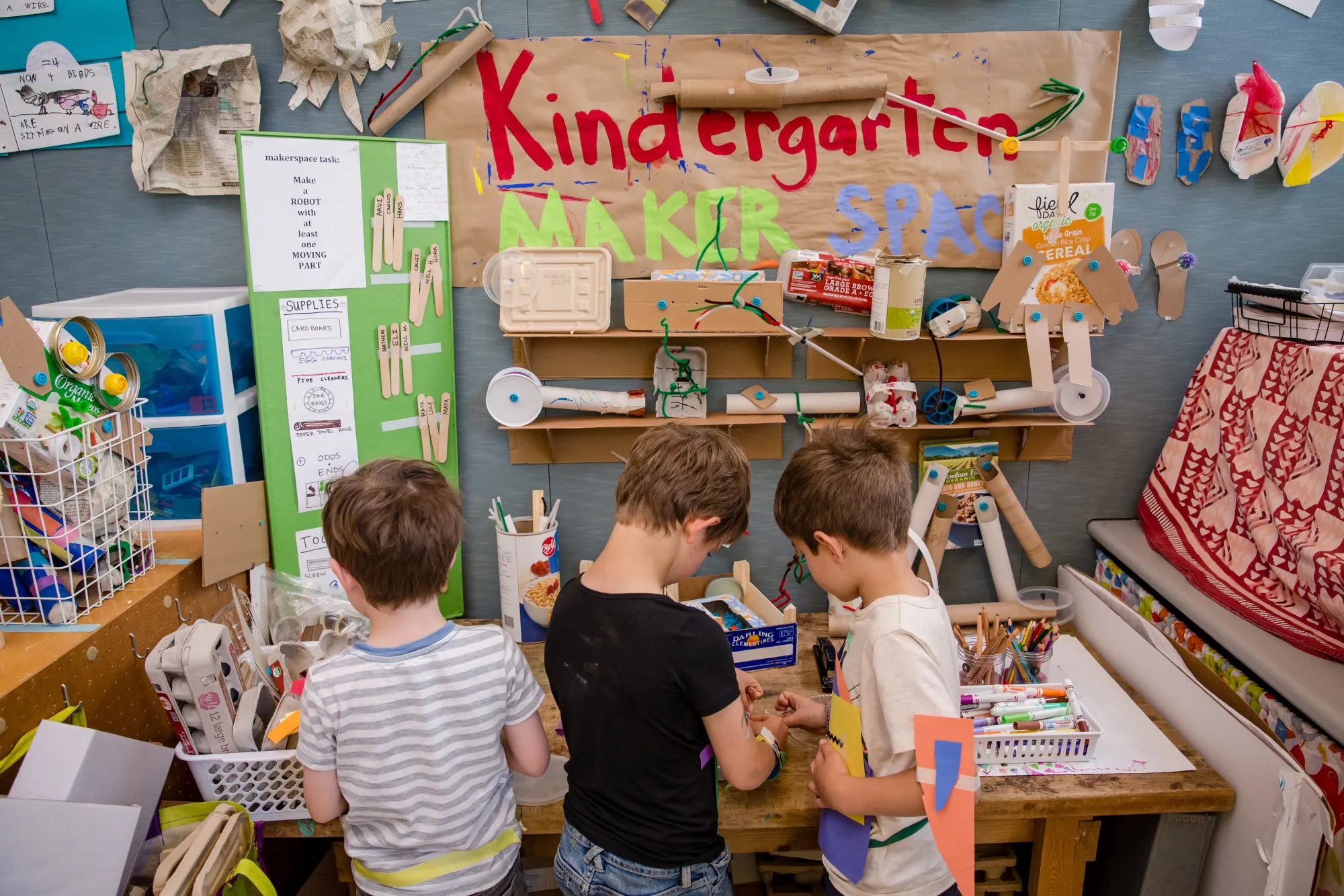Our Academic Program
As the lab school of Smith College, Campus School is a hub of fresh thinking about teaching, learning, and community. Our seasoned educators deploy approaches to instruction that support the intellectual and emotional needs of modern learners while instilling foundational skills and habits of mind. As a result, Campus School children become not just capable, but confident and agile young thinkers, ready for the perpetually changing realities of a modern world.
About Our Program
We prepare our children for all the challenges of high school, college, and careers. But we also prepare them to be true to themselves as they enter the world.
Our Curriculum
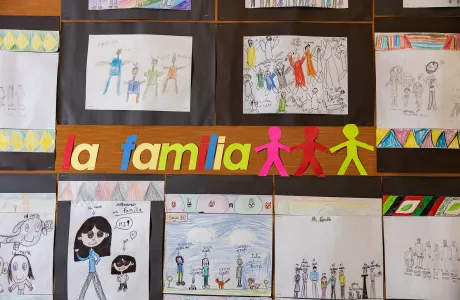
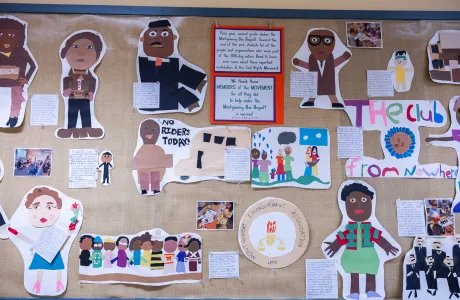
The Makerspace
The makerspace at Campus School provides students and teachers with space and materials needed to give form to ideas they have. Ideas flow from curricular work in classrooms and other places where students interact with the school, including our various after-school offerings. Project-based learning, design-thinking, engineering, and arts and crafts activities are all linked to the maker-centered learning that happens in our makerspace.
Here, the center of learning naturally shifts from the teacher to the students. Students gain agency in their learning as they figure out how to solve problems they encounter as they bring form to ideas. They learn how something is constructed by taking it apart—and can then figure out how to repair it. They collaborate as they share thinking and make things together, and they revise ideas to push thinking forward. As they shift from a DIY mindset to a DIT mindset (do it together!), students in the makerspace engage in collaborative knowledge-building, a central aspect of learning at Campus School.
Often, student-makers seek to learn how to do something they’ve never done before- sewing or attaching cardboard without adhesives, for example, in order to make their ideas. This “just-in-time learning” brings meaning and purpose to acquiring new skills. Teachers, parents, and fellow students can all serve to facilitate this learning.
In the makerspace, everything old is new again. Making by means of recycling, upcycling, repairing, and revising, our students evolve both objects and ideas.
